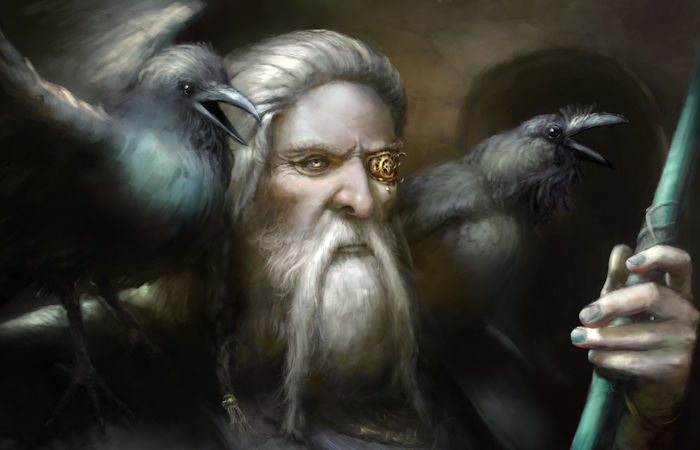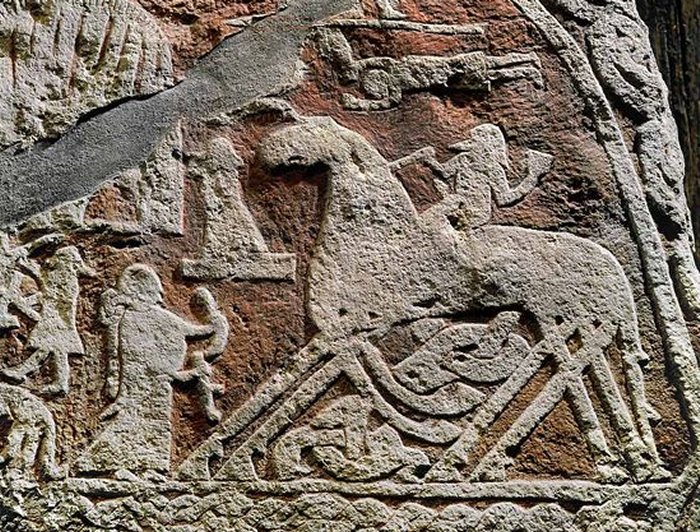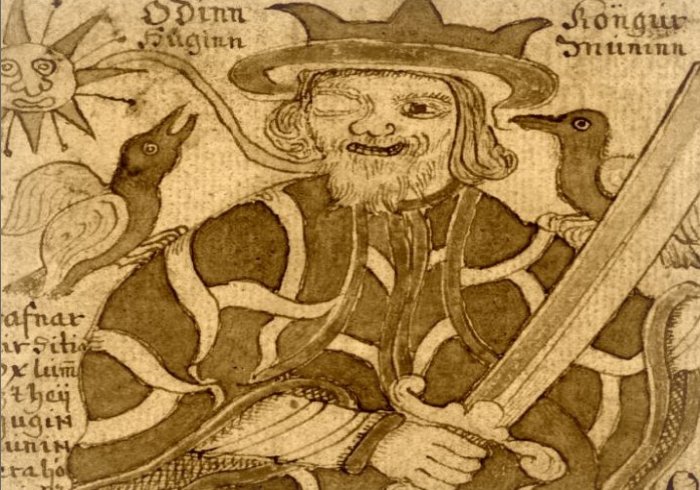Odin: Norse God Of War And Magic – Most Complex Figure Of The Norse Pantheon
A. Sutherland - AncientPages.com - Odin is probably the most complex figure of all the Norse Gods.
In the Norse pantheon, Odin is considered ‘Allfather’ and ruler of Asgard, but he was never entirely trusted. The supreme Odin was described among mortals as a man with only one eye and wearing a wide-brimmed, dark hat casting a shadow over his face.
God Odin with his trusted ravens, Hugin and Munin. Credit: Adobe Stock - Kalleeck
In Viking beliefs, Odin - as a god of magic, wisdom, and war – visited Midgard to spread knowledge and victory in battle. To his help, Odin had the magical spear of Tiwaz, which allowed him to control battles; he could simply deny victory or give it.
Odin – one of the sons of Bor, who fought Ymir, the senior frost giant - was known under many different names and titles; he was Valfodr (‘Father of the Slain’), Haptagud (‘God of Prisoners’), Hangagud (‘God of the Hanged’). We cannot mention all of Odin’s names because according to Snorri Sturluson (1179 – 1241), a famous Icelandic historian, the mighty Odin had forty-nine names.
Viking picture stone depicting a dead hero riding Odin's eight legged horse Sleipnir to Valhalla, where he is welcomed by a Valkyrie. Tjangvide, Gotland (Sweden); 8-9th C. Historiska Museet, Stockholm/Bengt A Lundberg, Riksantikvarieämbetets Kulturmiljöbild
Many of them reflected Odin’s elusive nature, for example, Grimr (‘Masked One’), Svipall (‘Capricious One’), Glapsvidir (‘Swift Tricker’), Baleygr (‘Shifty Eyed’) just to name a few.
Suddenly, Odin could be disloyal, turning against his favorites by causing their unexpected downfall; sometimes he was also accused of unfairness. As a master of supernatural powers, he could do much but he wanted to go to a further extreme to master even more.
Odin with two raven companions Hugin och Munin and Icelandic manuscript dated to the 1700s. Credits: Arni Magnusson Institute
It is said that the great Odin sacrificed an eye to Mimir, the Norse god of wisdom, in exchange for a drink from Mimir’s well located in Jötumheimr.
As the god of kings, Odin supported young princes by giving them diverse gifts and magic swords, but when the time came, he could unexpectedly destroy them, and yet, this great god had many followers, such as the Berserkers.
These warriors wore bear or wolf skins in battles, and Odin’s gift of ecstasy made them resistant to pain and full of inspiration.
Sacrifices were performed to him of captives taken in war by stabbing and hanging, and it is said that the victim's last movements were observed carefully to predict either defeat or victory in a battle.
Odin was a master of shapeshifting; he could fly through the air in the form of an eagle, while his spirit (in animal form) could be instantly transported to a distant land, while his physical body lay as if asleep.
He could change the direction of the wind and calm or stir the sea and his ring Draupnir had the ability to multiply itself to ensure a supply of gold and wealth to Odin's many followers.
Updated on November 27, 2021
Written by A. Sutherland - AncientPages.com Staff Writer
Copyright © AncientPages.com All rights reserved. This material may not be published, broadcast, rewritten or redistributed in whole or part without the express written permission of AncientPages.com
Expand for referencesReferences:
G. O. Hyltén-Cavallius, Wärend och wirdarne - Ett försök i Svensk Ethnologi
More From Ancient Pages
-
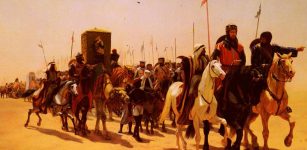 On This Day In History: Richard The Lionheart Ascended The British Throne – On July 6, 1189
News | Jul 6, 2016
On This Day In History: Richard The Lionheart Ascended The British Throne – On July 6, 1189
News | Jul 6, 2016 -
 8,000-Year-Old Petroglyphs Discovered In Oldest Impact Crater In South Africa
Archaeology | Jun 21, 2019
8,000-Year-Old Petroglyphs Discovered In Oldest Impact Crater In South Africa
Archaeology | Jun 21, 2019 -
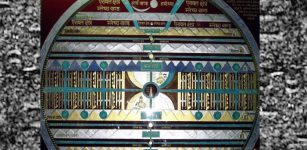 Jambu Tree In Great Cosmogonic Forest Of Sacred Land Of Jambudvipa In Buddhist Mythology
Featured Stories | Nov 2, 2021
Jambu Tree In Great Cosmogonic Forest Of Sacred Land Of Jambudvipa In Buddhist Mythology
Featured Stories | Nov 2, 2021 -
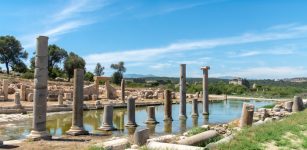 New Study Shows How The Ancient World Adapted To Climate Change
Archaeology | Jun 28, 2022
New Study Shows How The Ancient World Adapted To Climate Change
Archaeology | Jun 28, 2022 -
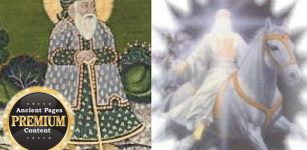 Mystery Of Hizir – One Of The Most Enigmatic And Extraordinary Ancient People
Featured Stories | Oct 16, 2018
Mystery Of Hizir – One Of The Most Enigmatic And Extraordinary Ancient People
Featured Stories | Oct 16, 2018 -
 Siege Of Alesia: Last Decisive Battle That Ended Gallic Independence In France And Belgium
Featured Stories | Feb 1, 2017
Siege Of Alesia: Last Decisive Battle That Ended Gallic Independence In France And Belgium
Featured Stories | Feb 1, 2017 -
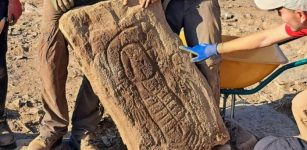 3,000-Year-Old Stela Challenges Assumptions Of Gender And Social Roles In Prehistoric Times
Archaeology | Nov 16, 2023
3,000-Year-Old Stela Challenges Assumptions Of Gender And Social Roles In Prehistoric Times
Archaeology | Nov 16, 2023 -
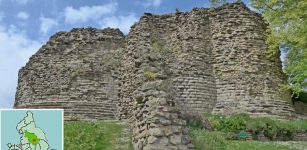 Ancient Town Pontefract, England Reveals Some Of Its Secrets
Archaeology | Mar 28, 2017
Ancient Town Pontefract, England Reveals Some Of Its Secrets
Archaeology | Mar 28, 2017 -
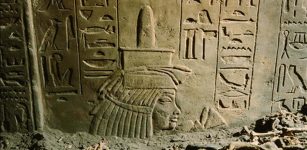 Tomb Of Maia, Tutankhamun’s Wet Nurse In Egypt’s Saqqara Opens To Public
Archaeology | Dec 22, 2015
Tomb Of Maia, Tutankhamun’s Wet Nurse In Egypt’s Saqqara Opens To Public
Archaeology | Dec 22, 2015 -
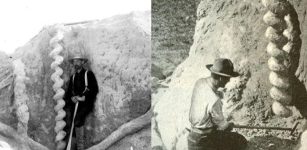 ‘Devil’s Corkscrews’: Extraordinary Giant Spirals Of Nebraska Rocky Mountains
Featured Stories | Apr 23, 2023
‘Devil’s Corkscrews’: Extraordinary Giant Spirals Of Nebraska Rocky Mountains
Featured Stories | Apr 23, 2023 -
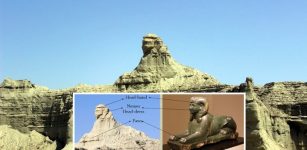 Mysterious Balochistan Sphinx Has An Ancient Story To Tell – But Is An Advanced Ancient Civilization Or Mother Nature Hiding Behind The Story?
Featured Stories | Feb 3, 2018
Mysterious Balochistan Sphinx Has An Ancient Story To Tell – But Is An Advanced Ancient Civilization Or Mother Nature Hiding Behind The Story?
Featured Stories | Feb 3, 2018 -
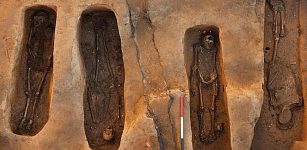 Jamestown: Unearthed graves with four bodies and a small sealed silver box
News | Aug 28, 2015
Jamestown: Unearthed graves with four bodies and a small sealed silver box
News | Aug 28, 2015 -
 Seven Times People Discovered The Americas And How They Got There
Featured Stories | Sep 9, 2022
Seven Times People Discovered The Americas And How They Got There
Featured Stories | Sep 9, 2022 -
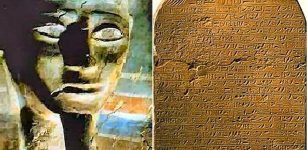 Hyksos: Foreign Rulers Of Avaris Who Founded The Fifteenth Dynasty Of Egypt
Civilizations | May 11, 2017
Hyksos: Foreign Rulers Of Avaris Who Founded The Fifteenth Dynasty Of Egypt
Civilizations | May 11, 2017 -
 Curse Of The Scottish Fyvie Castle That Survived Generations
Featured Stories | May 5, 2020
Curse Of The Scottish Fyvie Castle That Survived Generations
Featured Stories | May 5, 2020 -
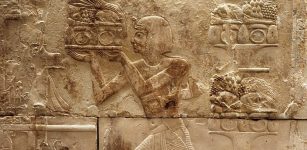 Pharaoh Ramesses I Whose Mummy Was Stolen And Displayed As A Freak Of Nature For 130 Years
Featured Stories | Jul 31, 2021
Pharaoh Ramesses I Whose Mummy Was Stolen And Displayed As A Freak Of Nature For 130 Years
Featured Stories | Jul 31, 2021 -
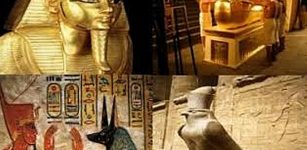 10 Fascinating Facts About Pharaohs
Ancient History Facts | Jun 21, 2016
10 Fascinating Facts About Pharaohs
Ancient History Facts | Jun 21, 2016 -
 Aqrabuamelu – Mysterious Scorpion Men In Babylonian Mythology
Featured Stories | Jan 19, 2016
Aqrabuamelu – Mysterious Scorpion Men In Babylonian Mythology
Featured Stories | Jan 19, 2016 -
 Mysterious And Frightening Sculptor’s Cave Of The Picts Reconstructed In 3D Model
Archaeology | Dec 10, 2017
Mysterious And Frightening Sculptor’s Cave Of The Picts Reconstructed In 3D Model
Archaeology | Dec 10, 2017 -
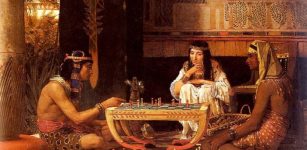 Ancient Egyptians Had A Different Definition Of ‘Foreigners’
Ancient History Facts | Apr 14, 2018
Ancient Egyptians Had A Different Definition Of ‘Foreigners’
Ancient History Facts | Apr 14, 2018

